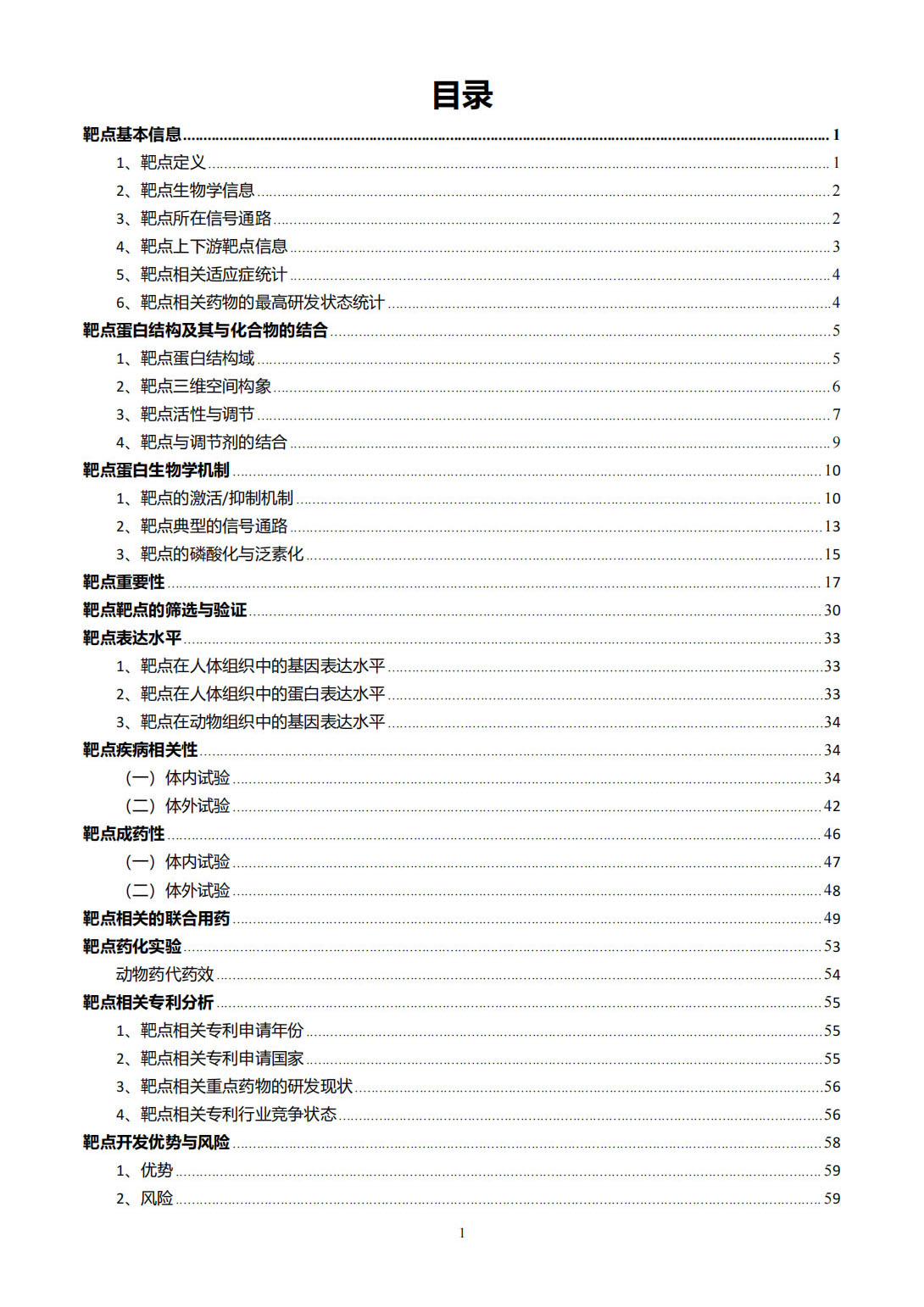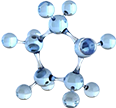SLTM Target Analysis Report Summary


About the Target
Based on the provided context information, here is a comprehensive summary of key viewpoints related to the keyword "MET" (synonymous with SLTM):
MET (c-MET) is cleaved by caspase 3 in the absence of ligand, generating the p40MET fragment that translocates to the MAM microdomain. This fragment may interact with BAK and influence the Ca2+ flux between the ER and mitochondria, leading to mitochondrial permeabilization and amplification of apoptosis. This dual role of MET classifies it as a dependence receptor [1].
Epithelial-to-mesenchymal transition (EMT) and mesenchymal-to-epithelial transition (MET) are important processes in sarcomagenesis. Factors promoting EMT/MET plasticity play a major role in this process [2].
MET activation is initiated by the binding of hepatocyte growth factor (HGF) to the extracellular portion of the MET receptor. This leads to receptor dimerization, phosphorylation of the intracellular domain, and downstream signaling through various pathways. Alterations in MET exon 14 can affect CBL binding, receptor turnover, and oncogenic downstream signaling. Point mutations and amplification of MET also contribute to ligand-independent MET activation and sustained oncogenic signaling [3].
The HGF-MET pair drives the mobilization, expansion, and differentiation of neural stem cells into astrocytes, neurons, and oligodendrocytes, contributing to nervous system cell regeneration. HGF is secreted by bone marrow-derived stem cells and mesenchymal stem cells [4].
MET plays a role in the regulation of mesenchymal to epithelial transition (MET) during reprogramming. Various factors, such as OCT4, ZEB1, TGF-beta signaling, and CDH1 expression, influence the initiation and progression of MET during reprogramming processes [5].
This summary provides an overview of the different aspects and roles of MET in cellular processes such as apoptosis, sarcomagenesis, receptor activation, neural stem cell regeneration, and reprogramming.
Metformin, a medication commonly used to treat type 2 diabetes, has been found to overcome alectinib resistance by disrupting the interaction between MET and Gab1, inhibiting Gab1 activation and downstream signaling pathways[6]. On the other hand, defective HGF/MET signaling has been observed in C3G knock-down HCC cells, leading to reduced MET and Gab1 phosphorylation, decreased activation of downstream effectors, and impaired cell migration in response to HGF stimulation[7]. Additionally, the study suggests that C3G, MET, and Gab1 form a complex necessary for the full activation of MET and its downstream pathways[7]. These findings provide valuable insights into the mechanisms involved in MET-related signaling and its potential implications for cancer therapy.
Figure [1]

Figure [2]

Figure [3]

Figure [4]

Figure [5]

Figure [6]

Figure [7]

Note: If you are interested in the full version of this target analysis report, or if you'd like to learn how our AI-powered BDE-Chem can design therapeutic molecules to interact with the SLTM target at a cost 90% lower than traditional approaches, please feel free to contact us at BD@silexon.ai.
More Common Targets
ABCB1 | ABCG2 | ACE2 | AHR | AKT1 | ALK | AR | ATM | BAX | BCL2 | BCL2L1 | BECN1 | BRAF | BRCA1 | CAMP | CASP3 | CASP9 | CCL5 | CCND1 | CD274 | CD4 | CD8A | CDH1 | CDKN1A | CDKN2A | CREB1 | CXCL8 | CXCR4 | DNMT1 | EGF | EGFR | EP300 | ERBB2 | EREG | ESR1 | EZH2 | FN1 | FOXO3 | HDAC9 | HGF | HMGB1 | HSP90AA1 | HSPA4 | HSPA5 | IDO1 | IFNA1 | IGF1 | IGF1R | IL17A | IL6 | INS | JUN | KRAS | MAPK1 | MAPK14 | MAPK3 | MAPK8 | MAPT | MCL1 | MDM2 | MET | MMP9 | MTOR | MYC | NFE2L2 | NLRP3 | NOTCH1 | PARP1 | PCNA | PDCD1 | PLK1 | PRKAA1 | PRKAA2 | PTEN | PTGS2 | PTK2 | RELA | SIRT1 | SLTM | SMAD4 | SOD1 | SQSTM1 | SRC | STAT1 | STAT3 | STAT5A | TAK1 | TERT | TLR4 | TNF | TP53 | TXN | VEGFA | YAP1

